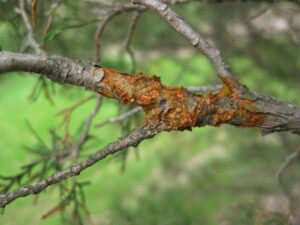
Pest Alert: Be on the Lookout for Rust Diseases
I received an alert that rust is showing up on ornamental trees so scouting now will be important. Species …



El inglés es el idioma de control de esta página. En la medida en que haya algún conflicto entre la traducción al inglés y la traducción, el inglés prevalece.
Al hacer clic en el enlace de traducción se activa un servicio de traducción gratuito para convertir la página al español. Al igual que con cualquier traducción por Internet, la conversión no es sensible al contexto y puede que no traduzca el texto en su significado original. NC State Extension no garantiza la exactitud del texto traducido. Por favor, tenga en cuenta que algunas aplicaciones y/o servicios pueden no funcionar como se espera cuando se traducen.
Inglês é o idioma de controle desta página. Na medida que haja algum conflito entre o texto original em Inglês e a tradução, o Inglês prevalece.
Ao clicar no link de tradução, um serviço gratuito de tradução será ativado para converter a página para o Português. Como em qualquer tradução pela internet, a conversão não é sensivel ao contexto e pode não ocorrer a tradução para o significado orginal. O serviço de Extensão da Carolina do Norte (NC State Extension) não garante a exatidão do texto traduzido. Por favor, observe que algumas funções ou serviços podem não funcionar como esperado após a tradução.
English is the controlling language of this page. To the extent there is any conflict between the English text and the translation, English controls.
Clicking on the translation link activates a free translation service to convert the page to Spanish. As with any Internet translation, the conversion is not context-sensitive and may not translate the text to its original meaning. NC State Extension does not guarantee the accuracy of the translated text. Please note that some applications and/or services may not function as expected when translated.
Collapse ▲
I received an alert that rust is showing up on ornamental trees so scouting now will be important. Species …
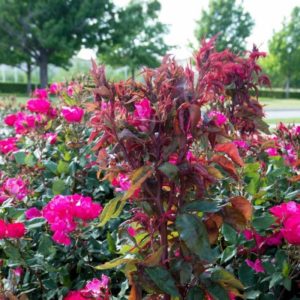
Rose rosette virus has been known in North America for decades, but it seems that it has become more …

Many thanks to Scott Zona and the Extension Gardener Plant Toolbox team for adding a new tag, “Easy Edibles‘. …

The pristine look of wall to wall turf and manicured plants is out among many landscape professionals, property managers, …
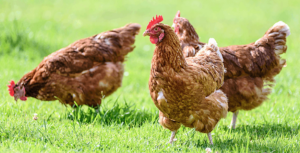
Join N.C. Cooperative Extension Area Specialized Poultry Agent Lauren Greene to learn the basics about raising a small flock …

The 2023 NC State Extension Master Gardener℠ annual report, celebrates the contributions of over 3900 Extension Master Gardener volunteers working under the …
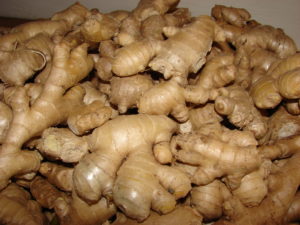
Common Ginger (Zingiber officinale) is native to tropical parts of Asia and is grown for its edible rhizome. Known …

Click Here to learn how to create and sustain a community garden! forming a leadership team, organizing the garden, selecting a good …
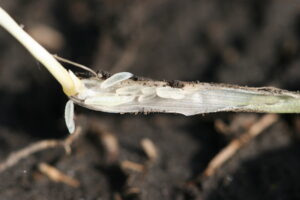
by D. Reisig, A. Post, and Ryan Heiniger Hessian fly is a serious pest of North Carolina wheat. A description …
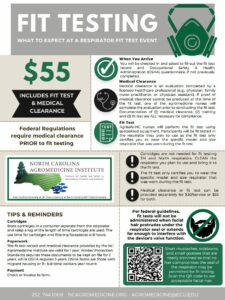
Respirator Fit Test Opportunity: February 28th, 12:00 p.m.-5:00 p.m. There will be a respirator fit testing opportunity conducted by the North Carolina …

To get a pesticide license there are a few steps to take, but it’s all pretty straightforward. Below is …

Alabama croton (Croton alabamensis) is a southeastern native that is rare in the wild and also difficult to find …
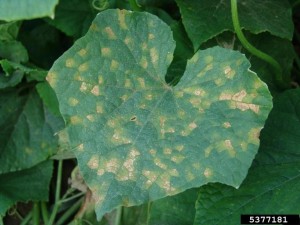
Downy mildew is here! Look on the tops of leaves for angular, yellow to brown wounds that stop at …

A Few Easy Ways to Enjoy Your Cut Flowers Longer Be sure the vase is clean before adding water and …
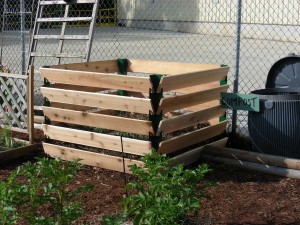
Food scraps and yard debris comprise 28 percent of the solid waste generated in the United States. Many people …
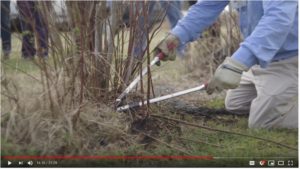
Enjoy this 22-minute video of a hands-on blueberry pruning workshop with Dr. Bill Cline: Hands-On Blueberry Pruning Workshop, North …
Cleveland County Government, Cooperative Extension, Farm Bureau, and other community partners have joined together to offer the first ever Agritourism …

Individuals working in agriculture are exposed to many different respiratory hazards – dust, chemicals, animal dander, microorganisms, organic matter, …